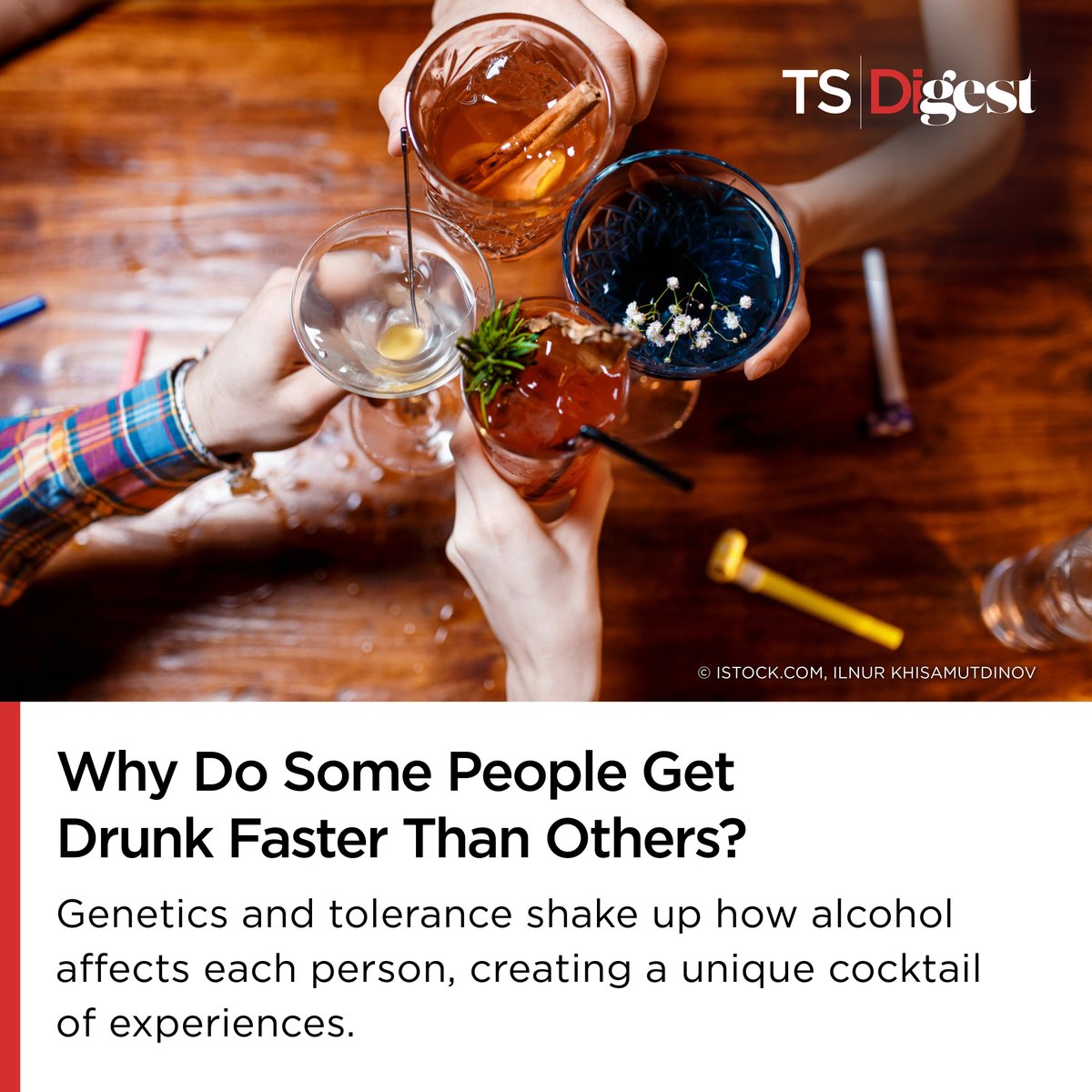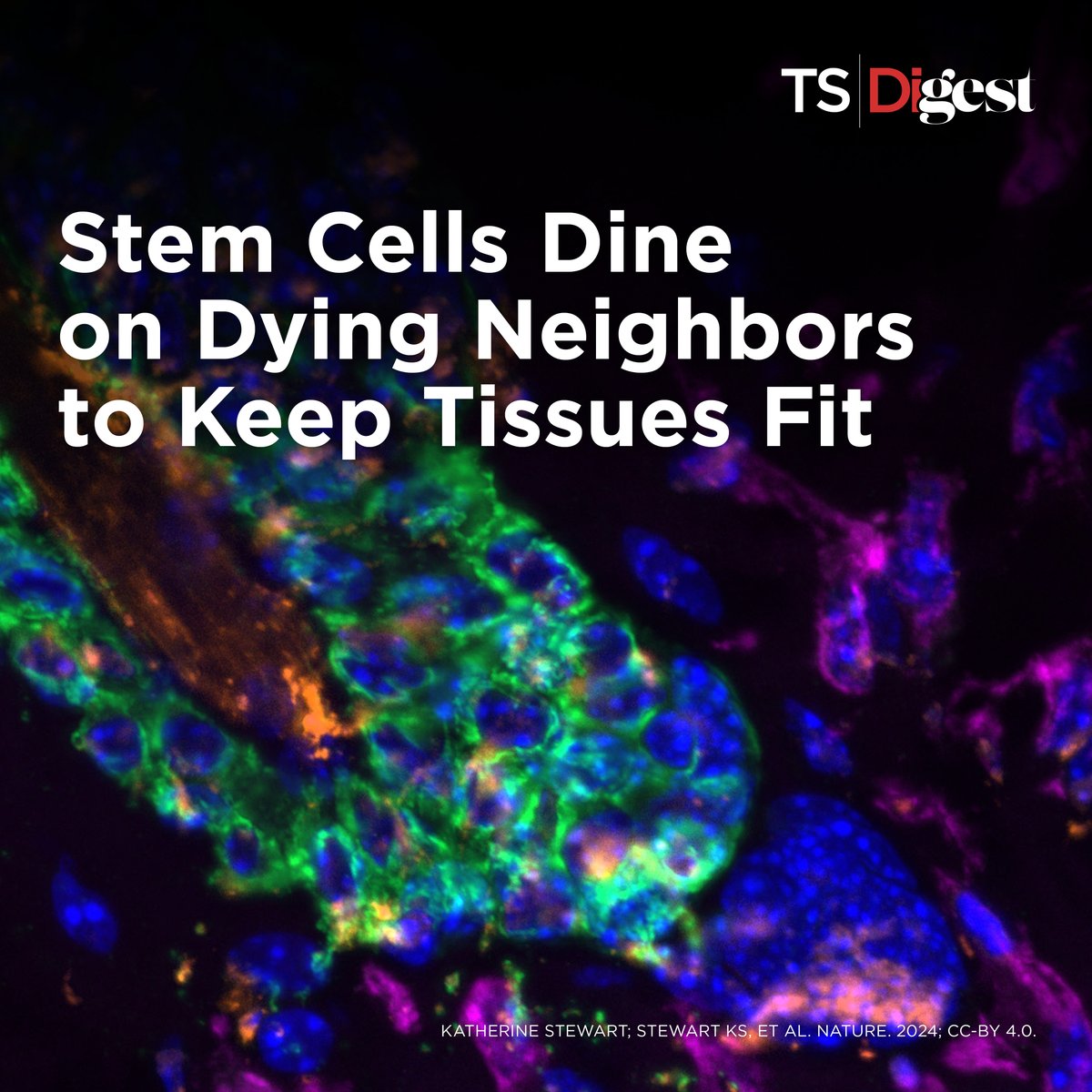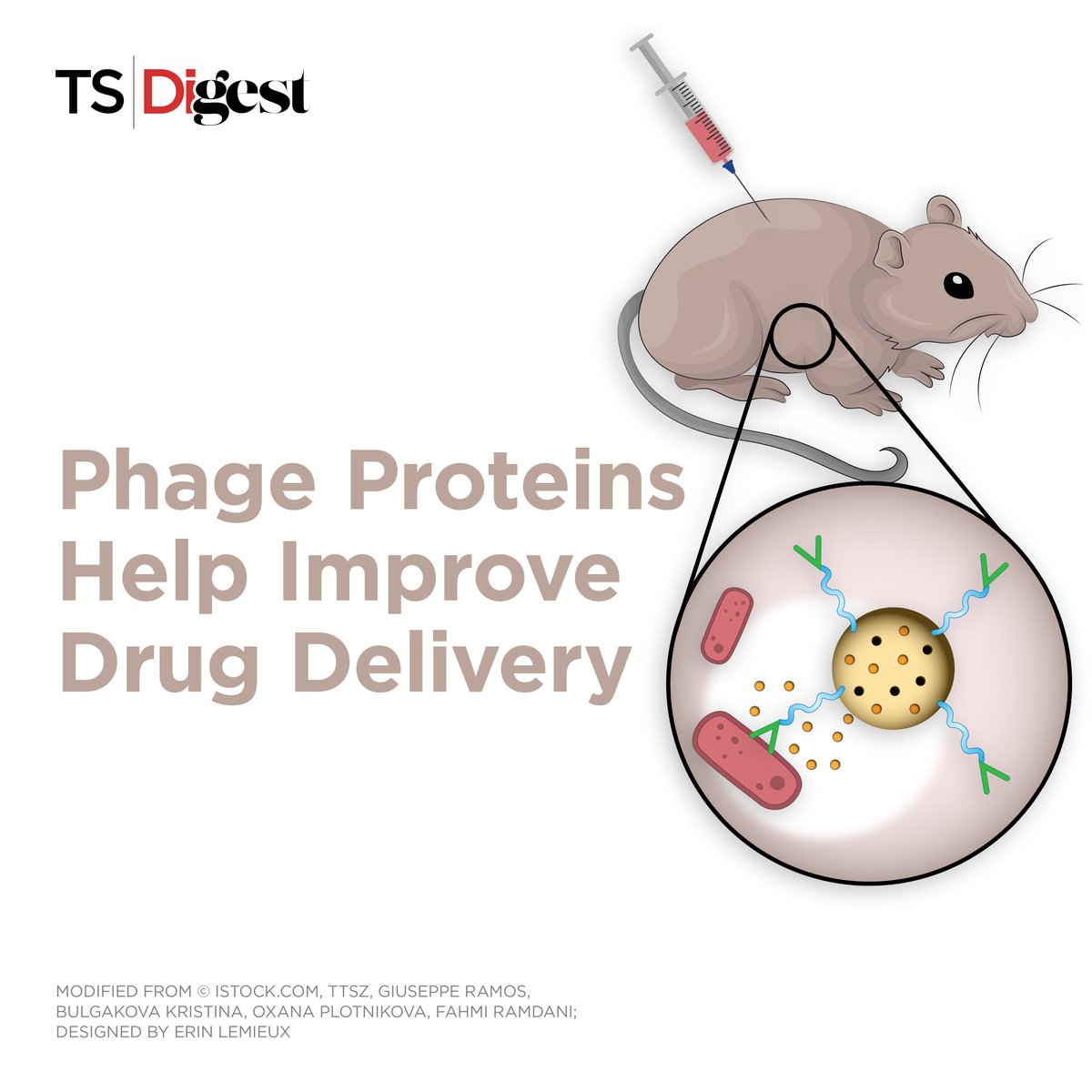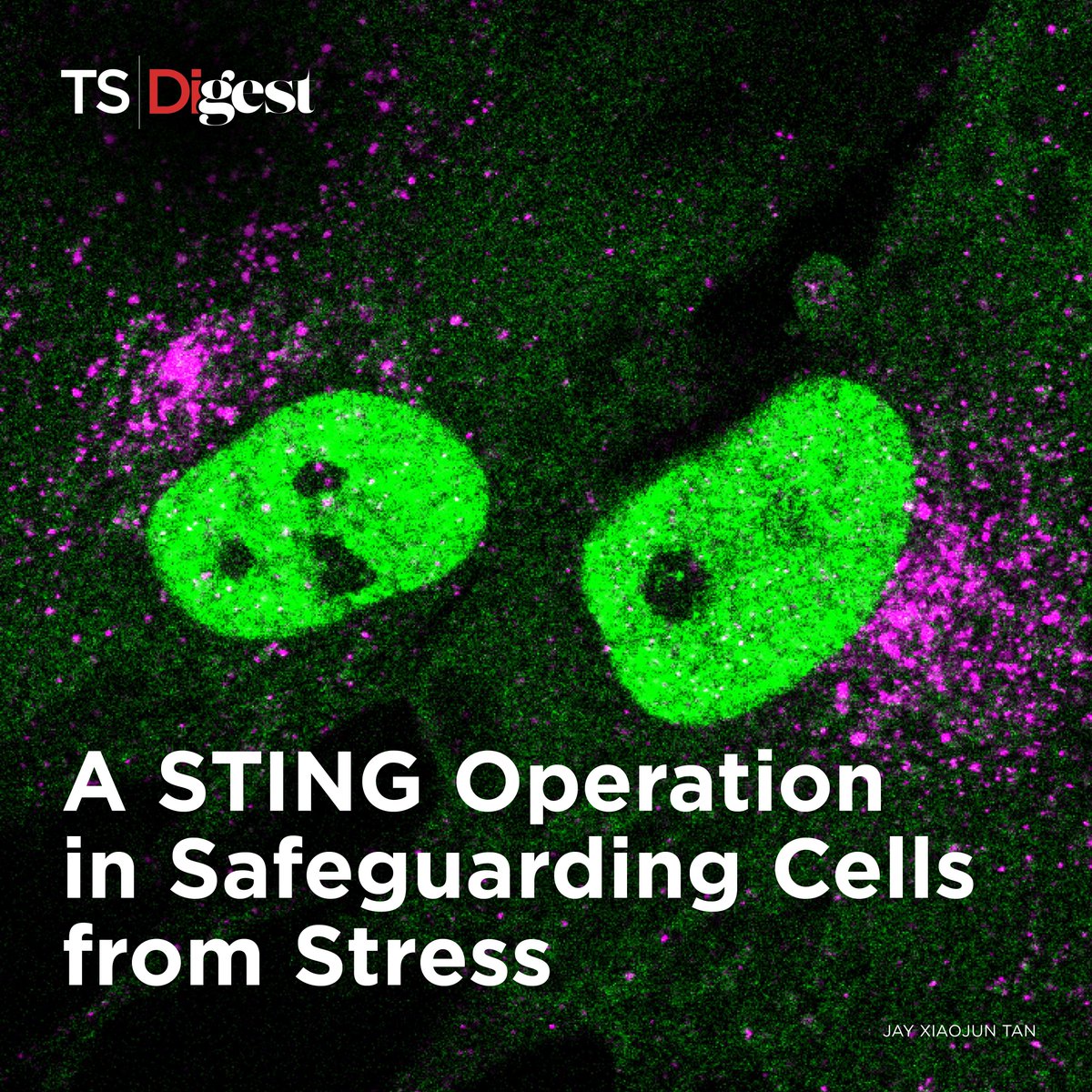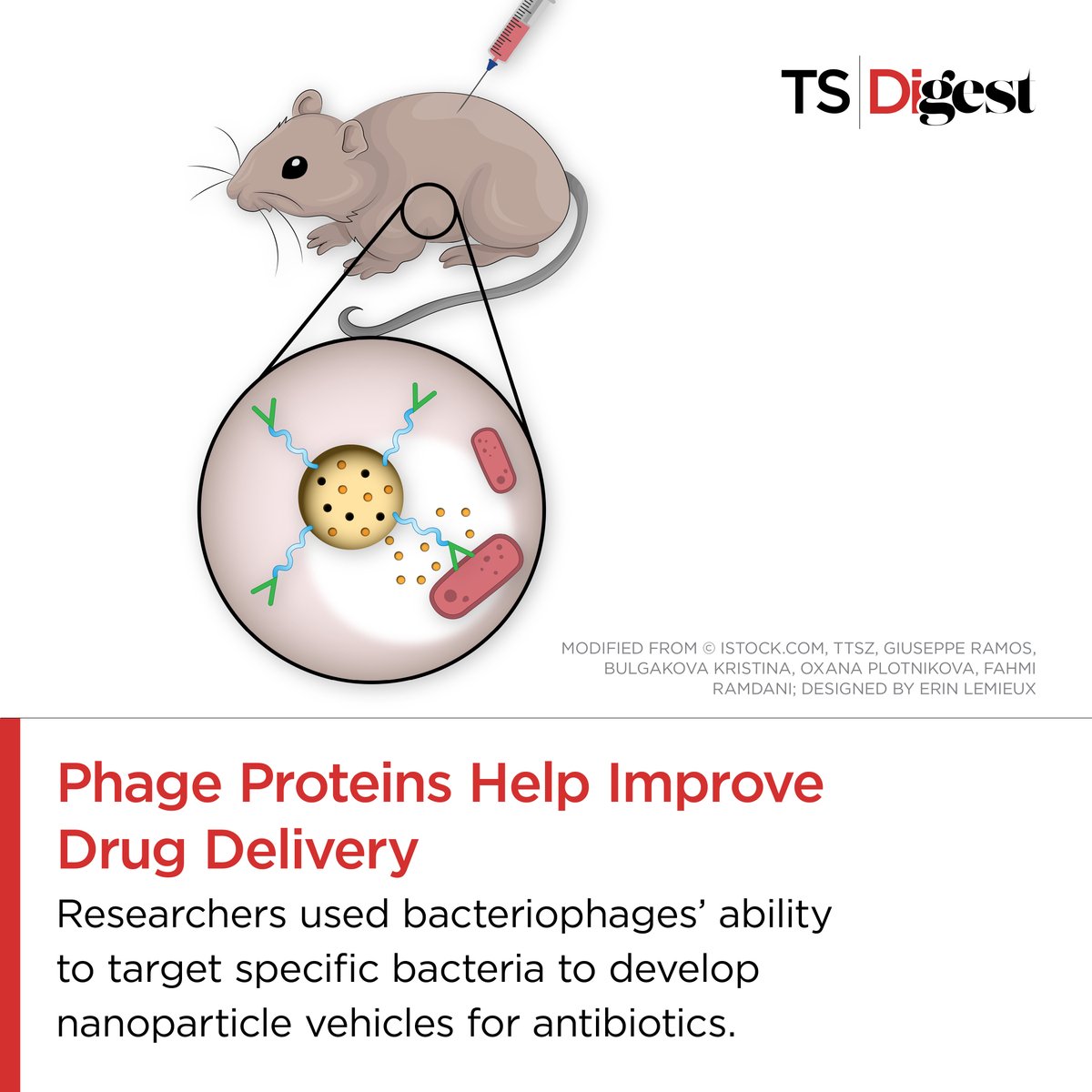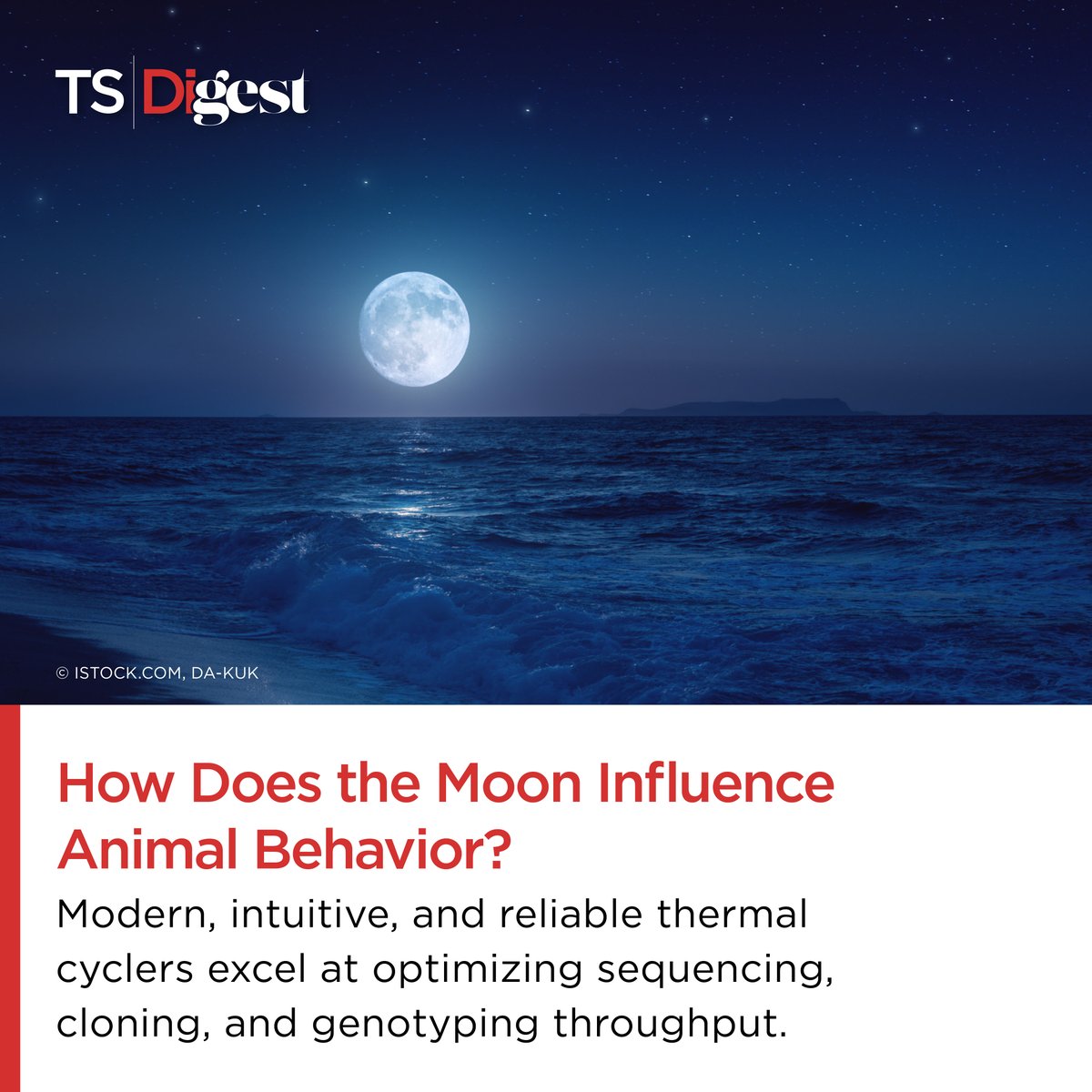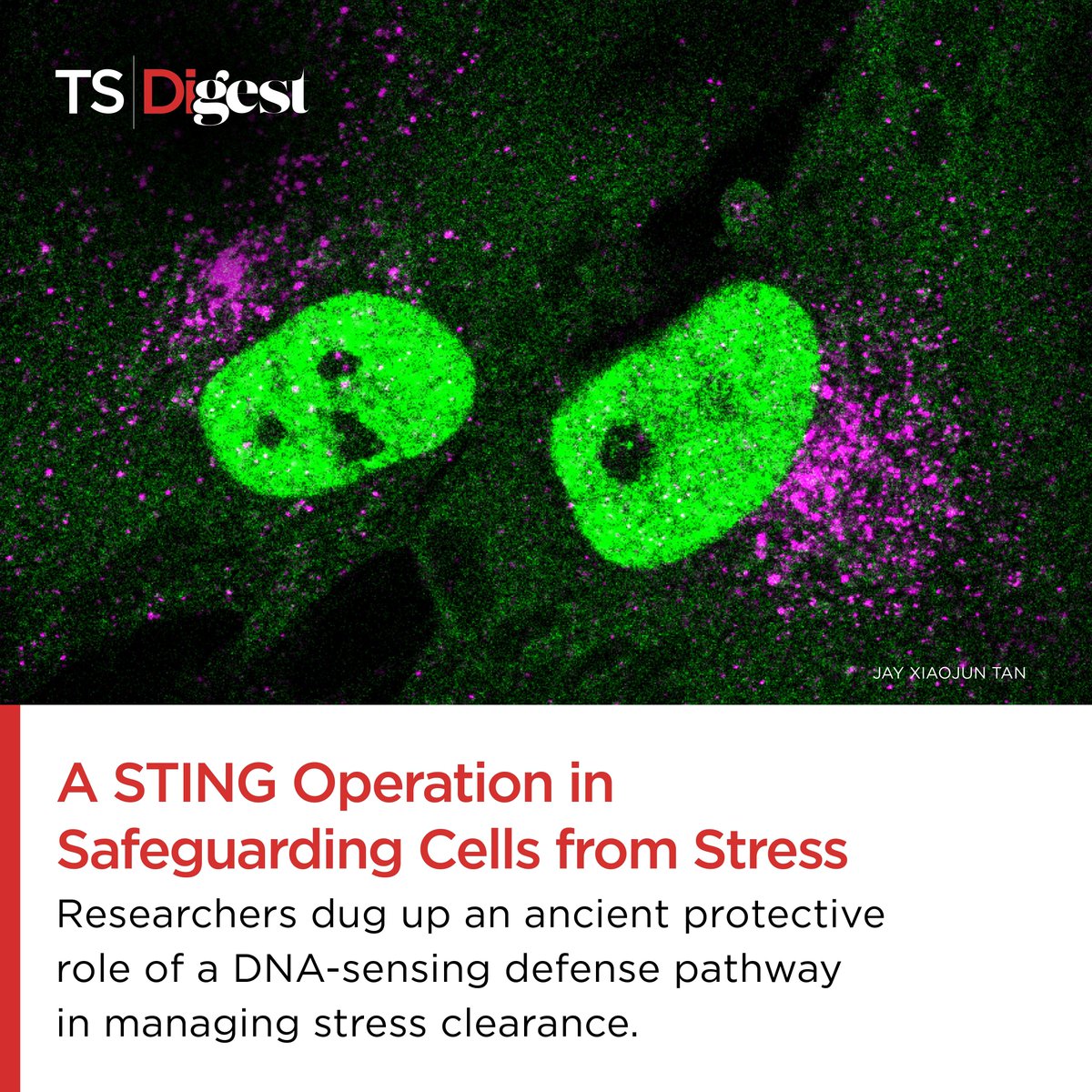
The Scientist
@thescientistllc
Exploring Life, Inspiring Innovation. Subscribe for free at bit.ly/2GvXtYv
ID: 18198832
https://www.the-scientist.com/ts-digest/view/life-on-the-ocean-surface-13-1 17-12-2008 20:32:46
56,56K Tweet
85,85K Takipçi
361 Takip Edilen



Raise your glasses! 🥂 In a toast to science, we asked David Rossi WSU Pullman on what makes some people ‘lightweights’ while others can hold their liquor. It’s a fascinating cocktail of genetics and tolerance! bit.ly/4afVPsN
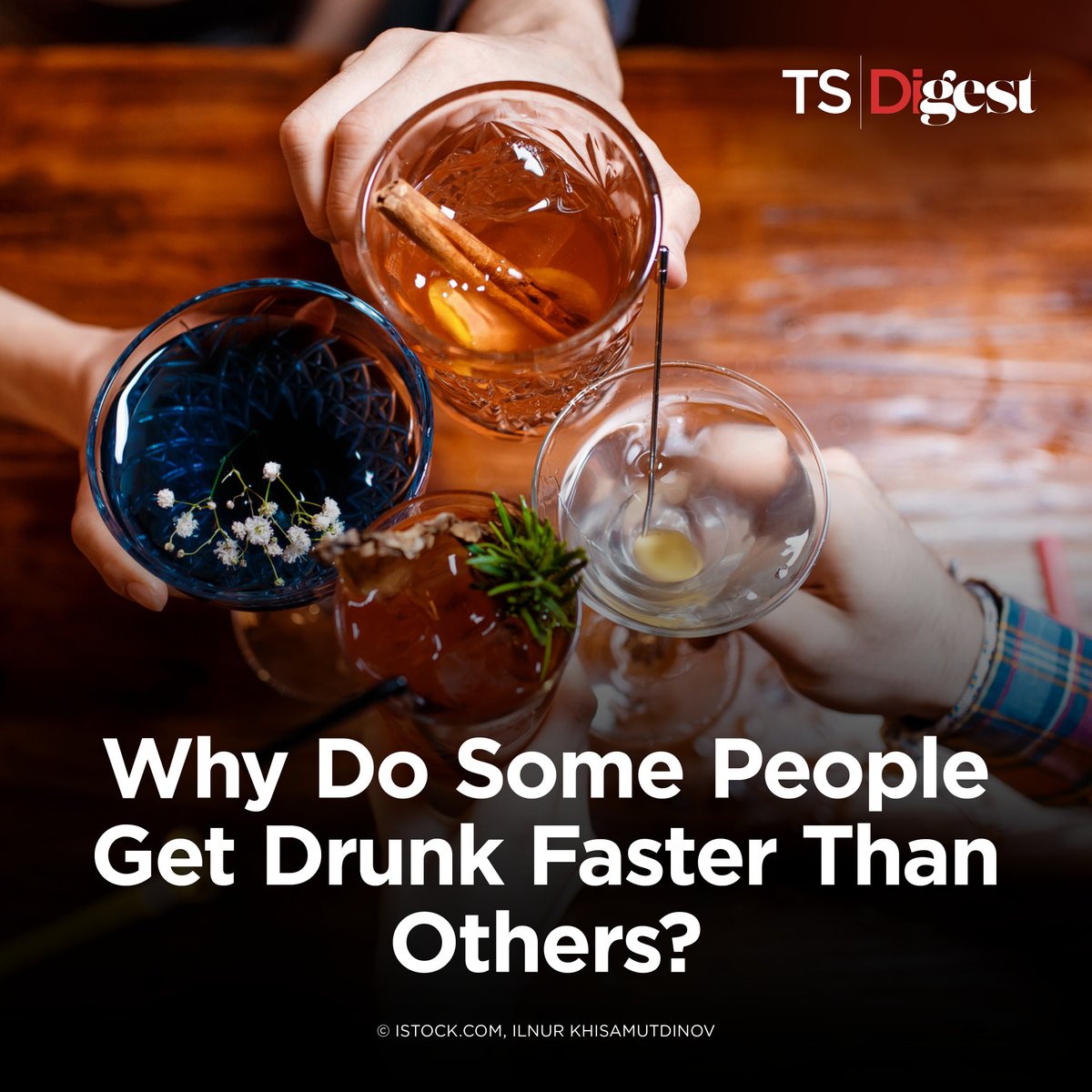


Endometriosis affects nearly 1 in 10 women causing severe pelvic pain and infertility, yet treatment options are limited. Yingqun Huang Yale School of Medicine highlights that targeting specific macrophages could lead to crucial advancements in patient care. Read more: bit.ly/3Ce8Kib
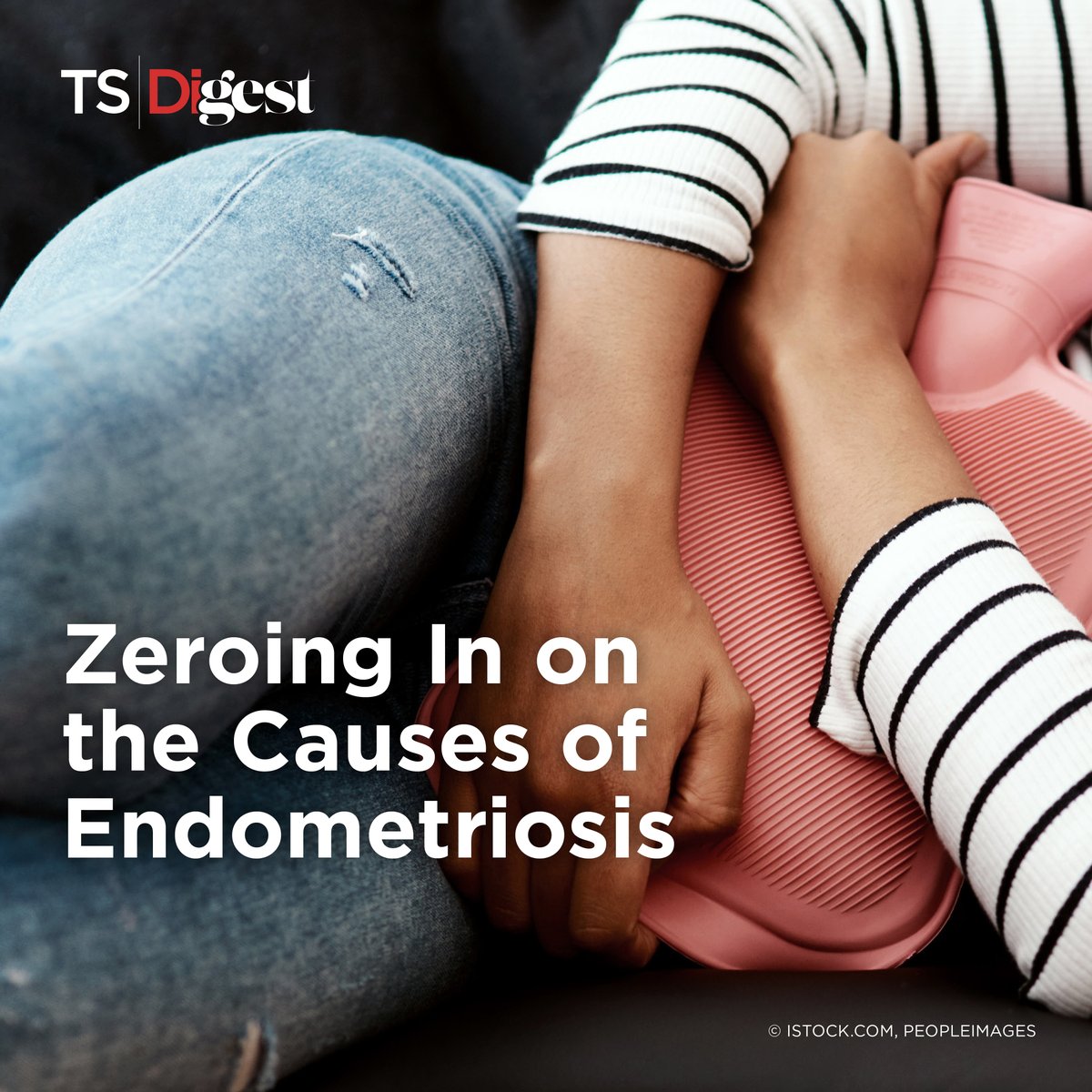



A marvelous night for a moondance 🌙 Chronobiologist Kristin Tessmar-Raible Max Perutz Labs Vienna Universität Wien explains how mass-spawning marine bristleworms use lunar cycles to coordinate the timing of the “nuptial dance” and reproduction. Learn more: bit.ly/40jGfHL
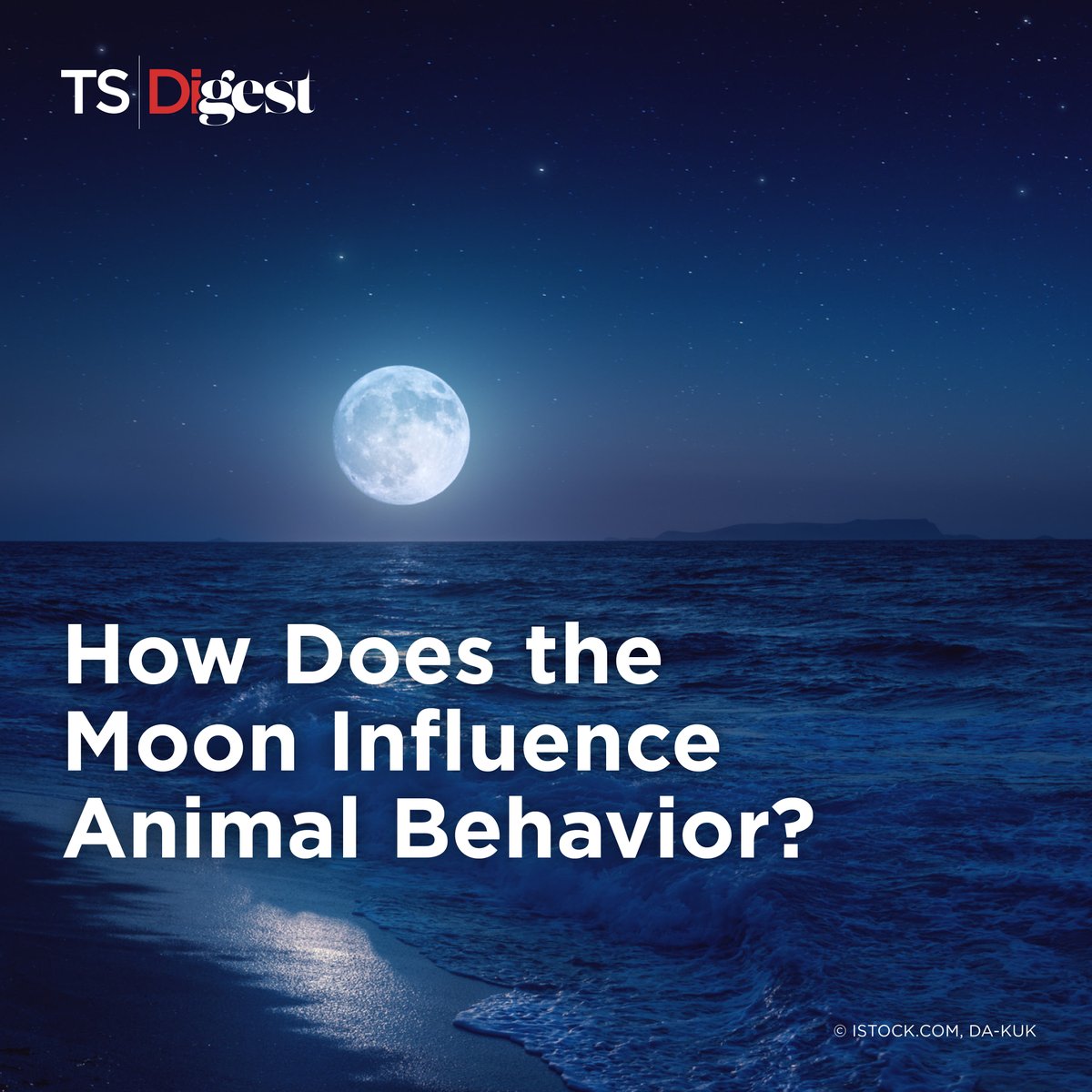





Bacteria may benefit from more than just a weakened immune response in hosts with high-sugar diets. A team of researchers at Cornell University showed that this extra nutrition helps some bacteria survive in flies. Read more: bit.ly/42dhteY
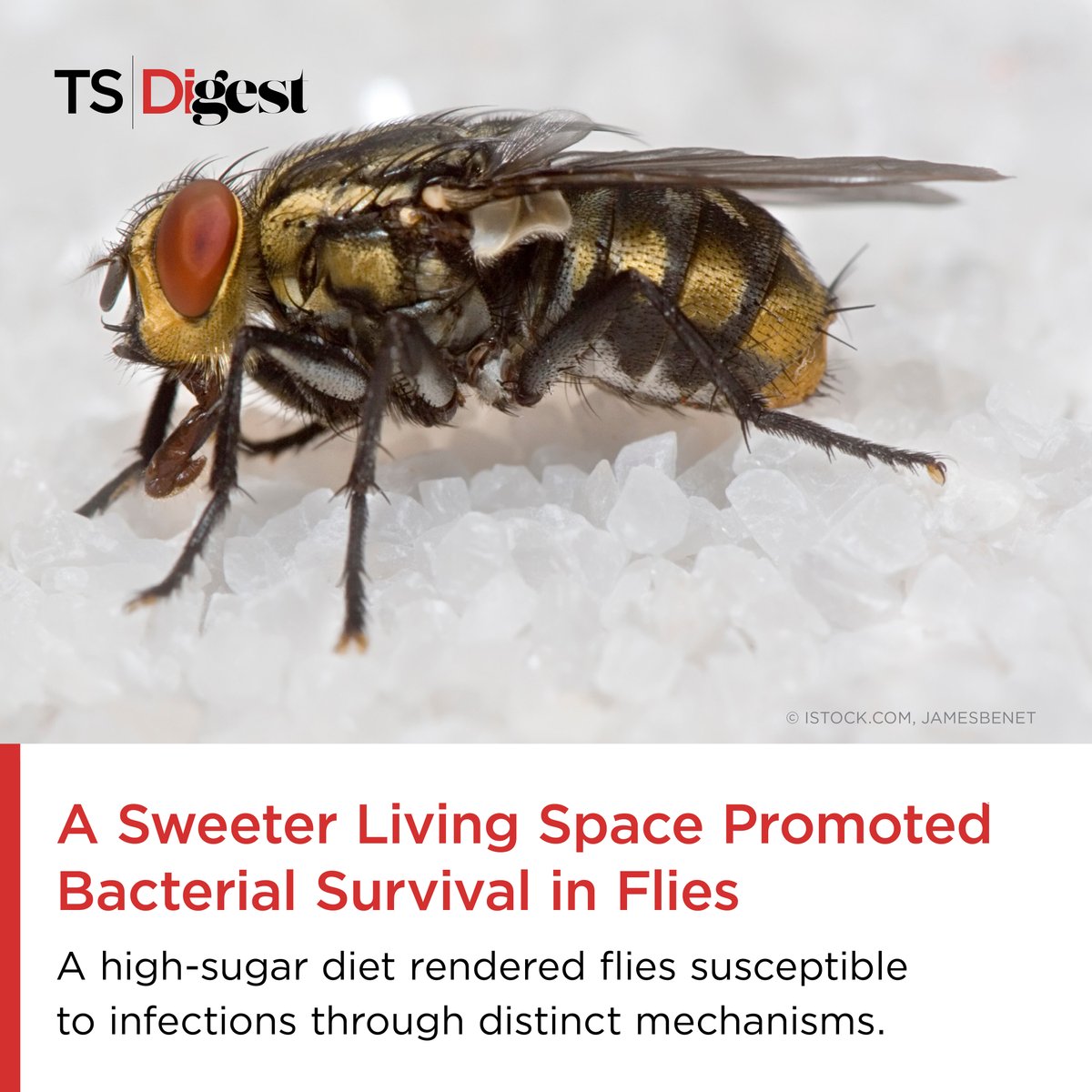

Artificial intelligence is increasingly being incorporated into biological research. Check out this profile with Furman Lab Stanford University Buck Institute to see how he is incorporating these technologies into his research in aging and the immune system: bit.ly/3CdcUXC


Clean up on hair follicle 5! A study by The Fuchs lab showed that stem cells take on a part-time job clearing apoptotic corpses to keep the hair cycle going and tissues fit. Learn how these cells engage phagocytosis at the right time and place: bit.ly/4jkmWXN


Ever wonder why some people get tipsy faster? We asked David Rossi, who studies mechanisms affecting alcohol consumption WSU Pullman, for some insights into why one drink hits some harder than others! Learn why: bit.ly/3PzEdyv
